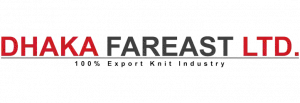Understanding what affects clothing costs in Bangladesh is essential for everyone involved. Various factors, from raw materials to global market trends, impact pricing.
First, the cost of raw materials sets the foundation. Fabric prices directly affect overall expenses. For instance, fluctuating cotton prices influence material costs and, subsequently, clothing prices.
Labor costs and a skilled workforce are crucial determinants. Bangladesh’s cost-effective labor market attracts manufacturers. The skilled workforce ensures precise garment production, affecting overall costs.
Manufacturing and overhead expenses also play a vital role. Costs related to production facilities and operations impact pricing. Efficient processes often lead to competitive clothing prices.
Global supply chain dynamics have a significant impact. Sourcing, transportation, and currency fluctuations affect costs passed on to consumers.
Quality standards and compliance contribute to costs. Adhering to regulations and implementing sustainable practices adds value but may increase expenses.
Technology and automation influence costs. Modern machinery enhances efficiency, reduces labor expenses, and affects affordability for consumers.
Market competition and brand positioning affect pricing. Competition and brand strategies lead to price variations based on quality and design.
In conclusion, clothing costs in Bangladesh are a complex tapestry woven from various factors. Raw materials, labor, supply chain, quality, technology, and market dynamics collectively shape pricing. Understanding these influences empowers industry players and consumers in navigating the clothing market in Bangladesh.

